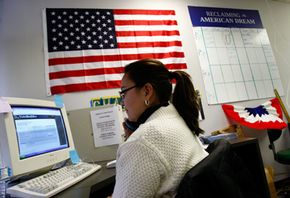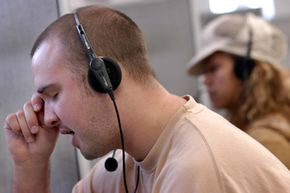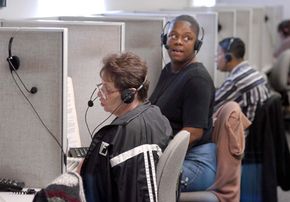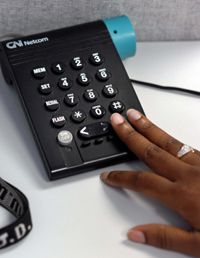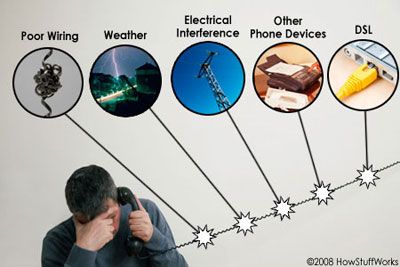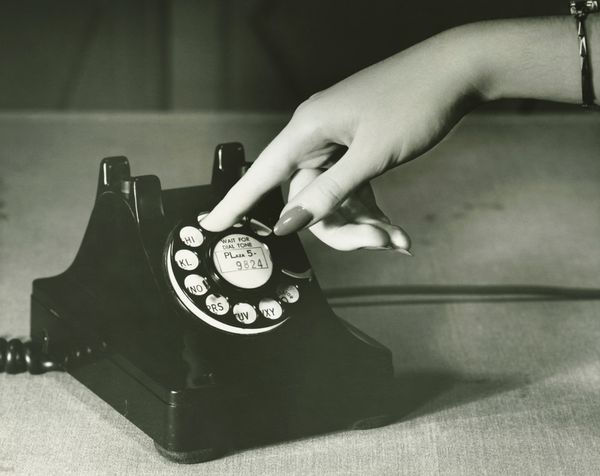It's 7 p.m. on a Tuesday. You're busy making spaghetti and meatballs for two teenagers and a screaming 3 year old. The TV is blaring, the pasta starts boiling over, and in the middle of it all, the phone rings. You clutch the phone between your neck and your shoulder and manage a desperate "Hello?"
On the other end of the line, you hear a telltale second of silence. Then a cheery recorded voice starts telling you about a special offer on lawn care services from G&G Garden Care. You want to tell him where he can stick his special offer, but it's less fun to threaten a machine. So you hang up and go back to your chaotic Tuesday evening while somewhere a computer is dialing the next number. "Hello, we're calling with a special offer from G&G Garden Care!"
Advertisement
After the call is connected, a live operator greets the potential customer, alerting them to that day's gardening specials. Automated dialing systems, such as this, are often used by telemarketing organizations.
Automatic dialers, or autodialers, are an example of computer telephone integration (CTI). Using special software and a modem, a computer can be programmed to automatically dial a long list of phone numbers. Depending on the software's sophistication, the computer can detect whether a live person answers the phone and then hand the call over to a human operator. The computer can also be programmed to play a recorded message, leave a message on an answering machine, or provide a menu of options to the person who answers.
Autodialers aren't evil. It's true that some companies use autodialers to power annoying telemarketing campaigns, but they have many other uses as well. A school could use an autodialer to alert parents and students to an unexpected closure. A doctor's office could set up a system to remind senior citizens when to take their medication. A political candidate could dial out to thousands of residents to participate in a telephone town hall.
How does autodialer technology work? Is it expensive to set up a simple auto-dialing system? What are some of your options when choosing an auto-dialing provider? Read on to find out.
Advertisement
